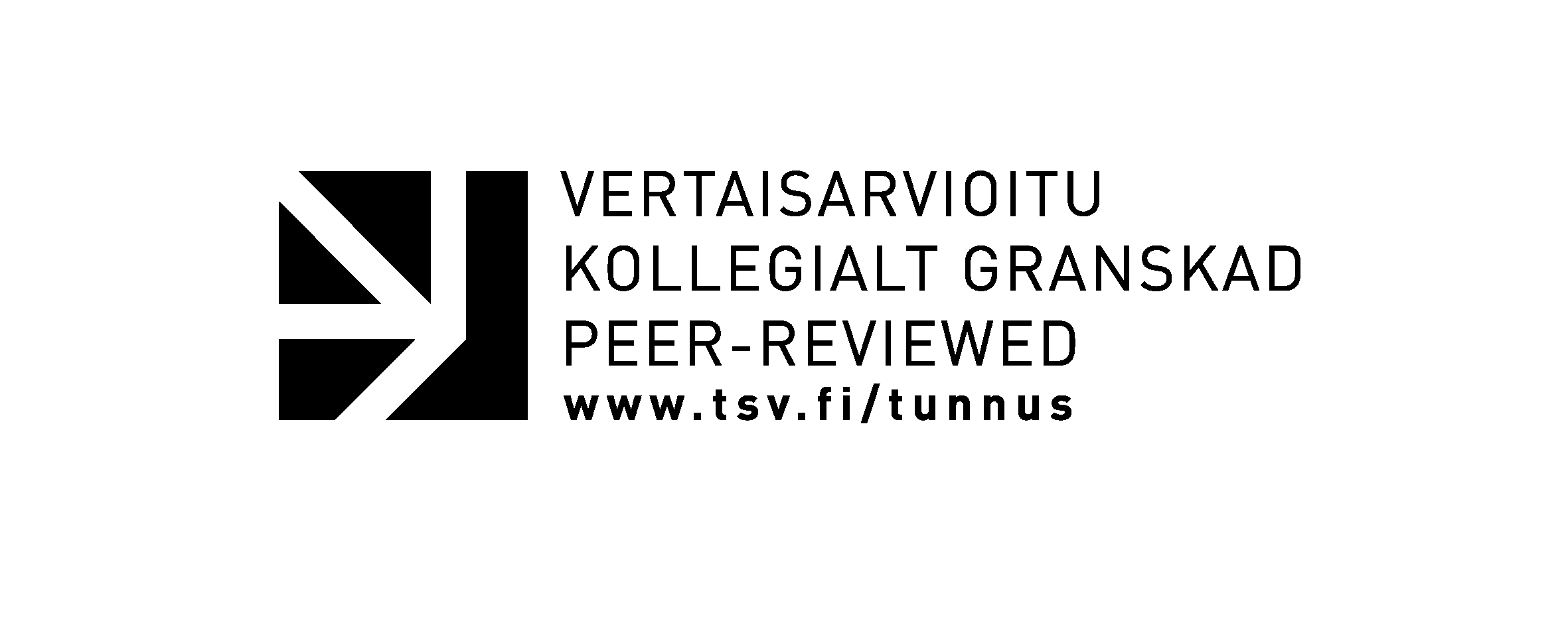A Masculine Outfit?
The Ambiguity of Black Leather Garb
Keywords:
homosexuality, clothing, masculine, feminine, genderAbstract
This article discusses first how certain colours, materials, and garments in themselves have had strong associations with men, masculinity, and manliness. However, when these various 'masculine' components are brought together and displayed in a certain way as the outfit of a male person, the meanings of the outfit to many people in the contemporary Western world do not adhere only to masculinity and rough manliness. Its meanings also adhere to the kind of male sexual personality which often has been regarded as an outright antithesis to masculinity and manliness proper, namely gay man and gay male personality. The case of black leather outfit is an illustration of how objects invested with particular (for example gendered) meanings can also begin to carry other meanings which are not only different but may contradict some of the meanings and messages that used to be attached to them. Yet there are probably limits as to how symbols and signs can be viably reappropriated and as to how much such 'new' meanings effectively challenge older meanings and not only reproduce them. The article is not an ethnological field study but, rather, a cultural-sociological discussion on how the questions of meaning, symbolic value and communication (which are at the forefront in ethnological analyses, too) are always related to social structures and power relationships. Also from the ethnologist's point of view analyzing the gendered meanings of objects ought to be regarded as not only a question of analyzing acts of meaning-giving but as a question of dealing with issues that in many people's everyday life involve experiences of inequality, shame, deprivation, frustration , fear, and even violence.







